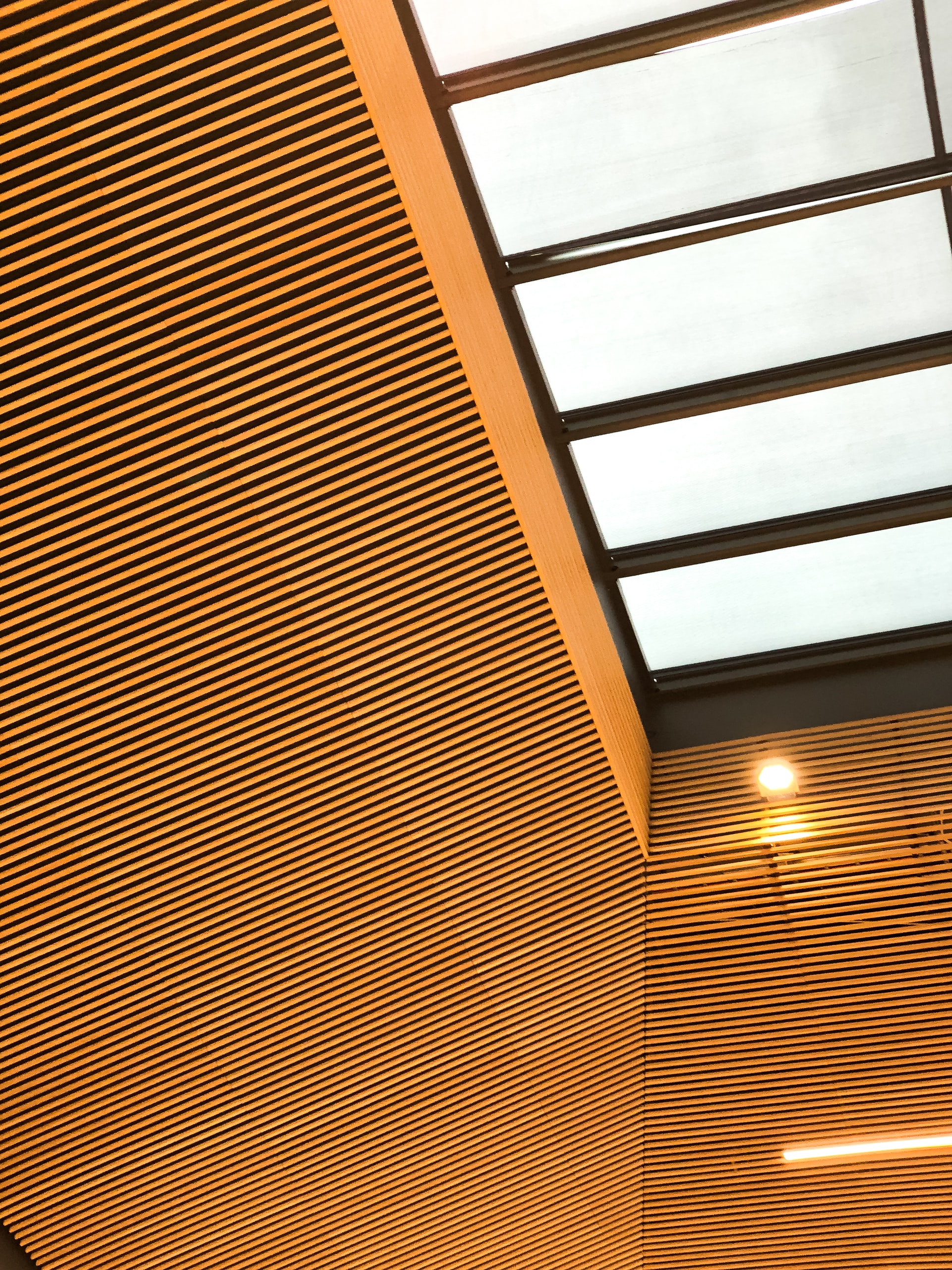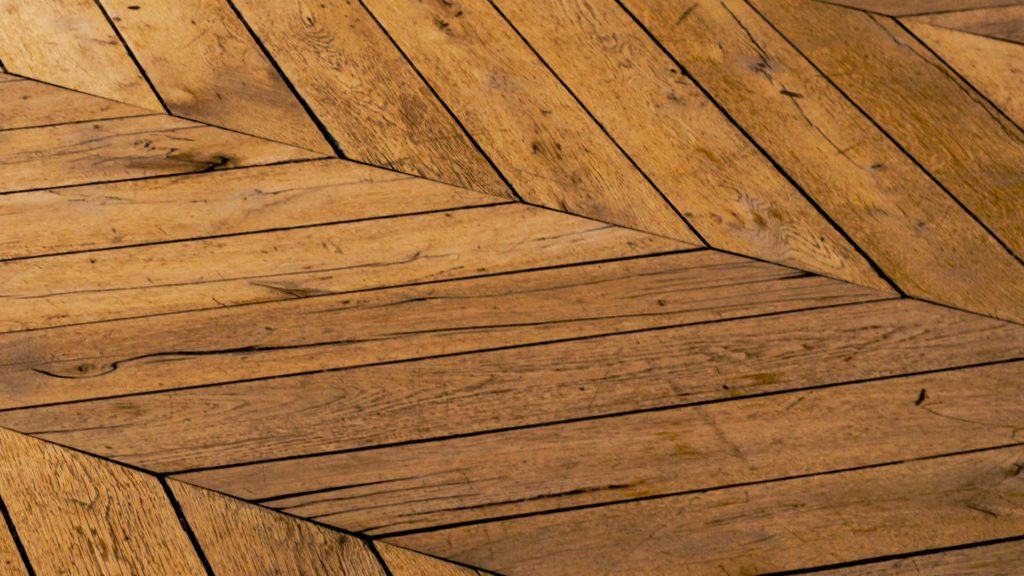
Exterior Wood Paint
Choosing the right system for your windows or front doors is important to the life of your products. Here at European Industrial Coatings Ltd we believe that the key to long and trouble free life for exterior joinery lies in selecting the correct coating system. For instance joinery that is exposed to high levels of moisture require a specific process so choosing products tailored to suit your joinery manufacturing process in key. The perfect exterior paint is here for you.
Whatever the wood species, the construction details and the coating application facility, we have the coating system that brings out the best in both hardwood or softwood, engineered wood, modified wood, HDF, MDF, composites or whatever exterior woodwork you have.
Exterior paint is the easiest way for you to make a difference to your outdoor wood. Our huge range of exterior wood paint means you will find something that is perfect for whatever you have in mind. All of our ourdoor garden paint not only look great, but they offer you massive levels of protection from the elements.
All in all, this means that painting your exteriors could never be easier or offer you better results. To find what is the best outdoor wood paint for you, just get in contact with us today.
Basecoats
Basecoats are the connecting link between your wood surfaces and the coating. Choosing the right basecoat is vitally important especially if you are using hardwood to avoid tanning. All our basecoats can be applied by Airmix or Airless spraying systems either by hand or in automated spraying facilities. For advice on the correct system that suits your joinery system please contact a member of our Technical Department.

Water Based Wood Conditioner
Excellent flow & penetrating qualities, easy to sand & fast drying, good adhesion & exterior performance
–
Flow coatings & dipping
–
20L
–
Product Code: FE 121QT

Water Based White Wood Conditioner
Excellent flow & penetrating qualities, easy to sand & fast drying, good adhesion & exterior performance
–
Flow coatings & dipping
–
20L
–
Product Code: FE 164QO

Water Based White Primer
Good hiding power & edge covering, very low water uptake, Durable & available in a range of colours
–
Spray
–
20 & 5L
–
Product Code: PE 627QO

Water Based White Primer
Stain blocking primer with good filling properties & very low water uptake. Dries very quickly & available in a range of colour
–
Spray
–
20 & 100L
–
Product Code: PE 025QO

Water Based White Primer
Excellent isolation properties on various wood, extremely durable with good coverage. Available in a range of colour
–
Spray
–
20L
–
Product Code: PE 152QO
Topcoats
EIC waterbased topcoats are produced by PPG in Holland. They offer single component systems that offer ultimate protection against UV, weather damage and wood rot. All our topcoats have been tested to the highest standard and have been developed to multiple British and EU standards for exterior woodwork or garden furniture. All topcoats are available in any colour you choose and available in 2 gloss levels 20 and 45%. Other gloss levels are available on request.

Water Based Translucent Topcoat
Contains UV-absorbers available in wide range of translucent colours. Moisture regulating with good flow properties.
–
20L
–
Spray
–
Product Code: TE 323QT

Water Based Opaque Topcoat
Satin finish with good coverage, Quick drying & excellent adhesion properties. Durable & available in any pigmented colour
–
20 & 5L
–
Spray
–
Product Code: TE 112QO

Water Based Opaque Topcoat
Semi Gloss finish with good coverage, Quick drying & excellent adhesion properties. Durable & available in any pigmented colour
–
20 & 5L
–
Spray
–
Product Code: TE 116QO

Water Based Opaque Topcoat
Gloss finish with good coverage, Quick drying & excellent adhesion properties. Durable & available in any pigmented colour
–
20 & 100L
–
Spray
–
Product Code: TE 117QO
The Best Exterior Paint
People use the best paint to get a stylistic finish and protect the likes of exterior wood, exterior doors and garden furniture from harsh weather elements. No matter the reason for using the best exterior wood paint, the final goal is identical: to produce a beautiful finish that will endure for a long time with the best exterior. However, to achieve this, you have to do the proper preparation work on the outdoor wood before you start.
Based on the dictionary, paint is a “coloured substance that is spread on a surface like outdoor wood or dried concrete, and upon drying, provides a thin first coat to protect and improve the look of that surface.” These surfaces could be outdoor wooden furniture/garden furniture or walls. Surprisingly, a lot of people only think about the colour qualities in paint. However, there are other qualities to look out for. For instance, despite being translucent, coloured wood stains provide an attractive finish and protect better than paint.
FAQ:
Oil vs. Latex: “Should I Paint Over Latex Paint With Oil Paint?”
To get right to the stage, latex or water-borne paint enables you to mask oil or Alkyd paint. The real reason for this really is that acrylic latex emulsion paint dries significantly faster, is less caustic, and has a lot more petroleum components. This is merely as crucial as because you should never use oil to cover latex.
Keep an eye out if you’re employing an oil-based paint over latex. Consider yourself fortunate if it dries correctly.
These are typically critical questions when painting over outside concrete epoxy paint, hardwood flooring, or wooden decks. Exactly the same applies when you have a previously painted garage, wood floor, or kitchen cabinetry. If you would like to repaint it, you should first decide what is now on the outside. In the event you don’t, your fresh paint would peel off quickly.
The Way To Repaint Outdoor Wood Trim
Do you need to repaint your external wood trim properly? Repainting outside trim is often done last when painting a house. The real reason for this can be that taping and masking a much bigger surface, caulking tape edges before painting trim is considerably easier when working with building materials.
Because more attention is sent to these places, refinishing exterior wood trim correctly is amongst the most important areas of painting. Ensure that you have no traces of moisture about the trim boards and therefore all peeling paint is removed. Be sure to paint over old paint, so that it is looking completely new, and ensure you will not be seeing prior paint coats applied in the past.
It’s a smart idea to work with a sponge to scrape any old paint and decaying wood right down to wood sections. It is crucial to fill any holes or gouges made by removing deteriorating wood. Before you apply final paint treatments, it’s also essential to prime any bare wood surfaces.
Acceptable paint thickness is 8-13mils. It needs to be painted in neat and smooth lines. The completed trim can look even prettier when you use the proper brush and roller for your surface you’re painting. To get it a different way, a 4″ brush is unnecessary by using a 2″ broad trim board.
Utilizing a 2″ brush with a 12″ broad component of trim is equivalent to utilizing a 2″ brush over a 12″ wide bit of trim. The real reason for this is basically that you would like to keep the amount of brush lines as little as possible. It appears to be more professional to get the smoothest, most uniform, and continuous coating possible.
Another crucial facet of painting outside trim effectively would be to go with a suitable paint finish sheen. Painting trim by using a glossy, slick-to-touch finish ensures an extended, long lasting paint finish which is weather resistant. A satin finish is extremely good for repelling moisture. Besides satin waterproof trim, but it may also be suited for the full exterior, |so that it is} look more desirable.
Conclusion: Words of Wisdom From a Seasoned Painter
Several procedures are needed to properly paint over previously painted exterior wood. Following such vital steps guarantees proper adherence as well as a long-lasting, professional paint covering. Remember: Investing more time now can save you time and effort, money, and energy afterward.
Be sure you’ve waited for long enough after pressure washing to make sure that the cleaning moisture content articles are at its lowest. From this point,begin scraping, filling, and priming. Lastly, take advantage of the right paint sheen, plus the right brush and roller size for your personal trim surfaces.With one of these basic steps, you will get impeccable results!

